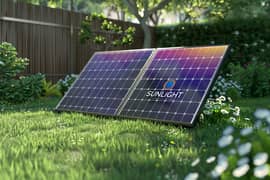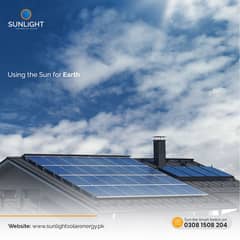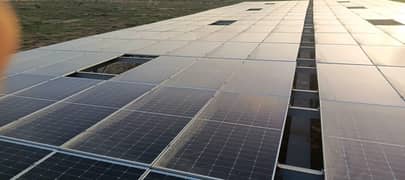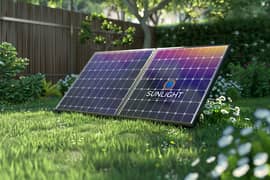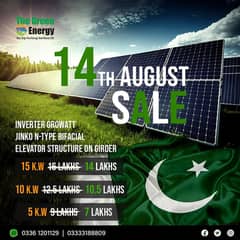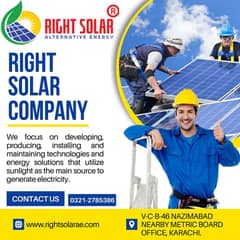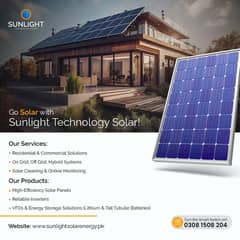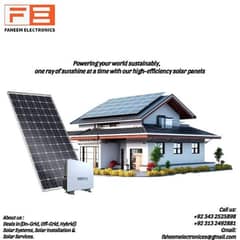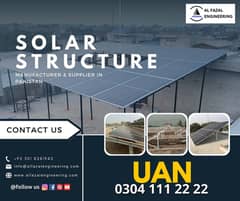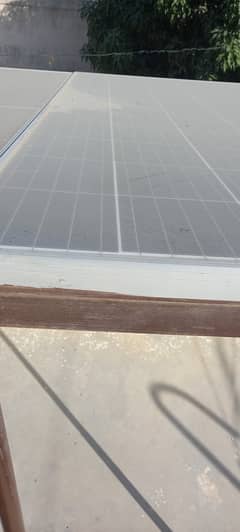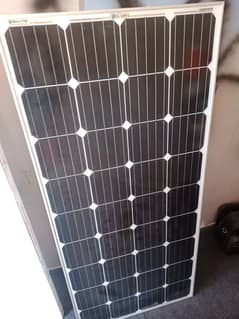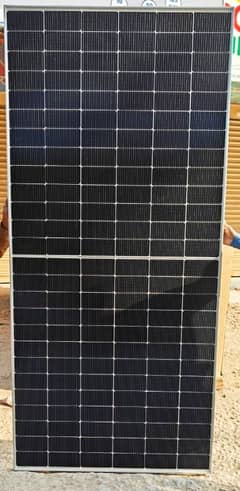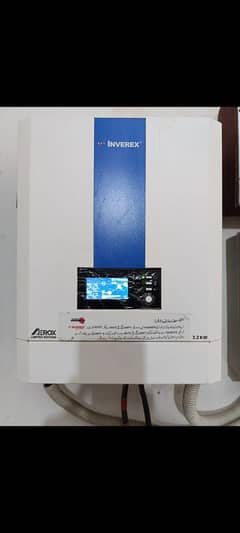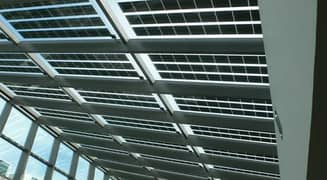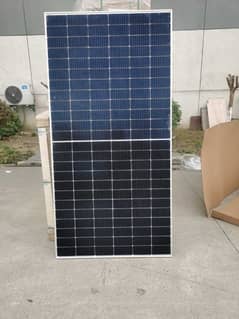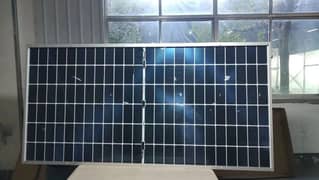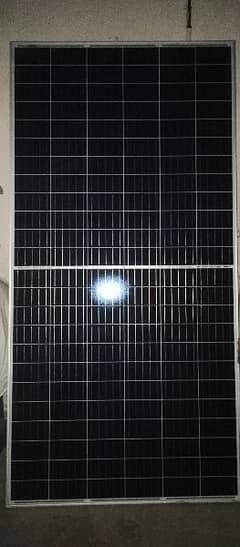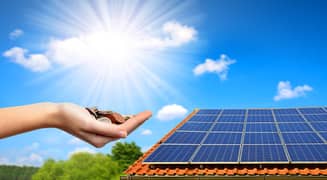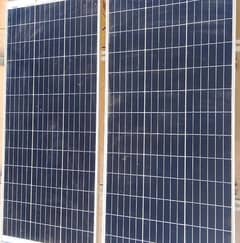Only in Solar Panels
Solar Panels in Naya Nazimabad
1 ad
Categories
Location
Shahra-e-Faisal(38)
Korangi(33)
Malir(28)
Gulshan-e-Iqbal Town(21)
Saddar Town(15)
North Nazimabad(15)
North Karachi(14)
Gulistan-e-Jauhar(13)
New Karachi(12)
DHA Defence(10)
Gadap Town(9)
Nazimabad(7)
Scheme 33(7)
Bin Qasim Town(5)
Shah Faisal Town(4)
Liaquatabad(4)
Orangi Town(4)
Airport(3)
Bahria Town Karachi(3)
Baldia Town(3)
Cantt(3)
Federal B Area(3)
Jamshed Town(3)
North Karachi Buffer Zone(2)
Lines Area(2)
100 Quarters(2)
Landhi 1(2)
Mangopir(2)
Abdullah Haroon Road(2)
Abul Hassan Isphani Road(2)
Qayyumabad(2)
Nooriabad(1)
APP Employees Co-operative Housing Society(1)
Metrovil Colony(1)
Industrial Area(1)
Karachi - Hyderabad Motorway(1)
Bahria Town Karachi 2(1)
Ibrahim Hyderi(1)
Buffer Zone 2(1)
Kemari Town(1)
Price
PKR 100
PKR 50 Lacs
Want to see your stuff here?Make some extra cash by selling things in your community. Go on, it's quick and easy.
